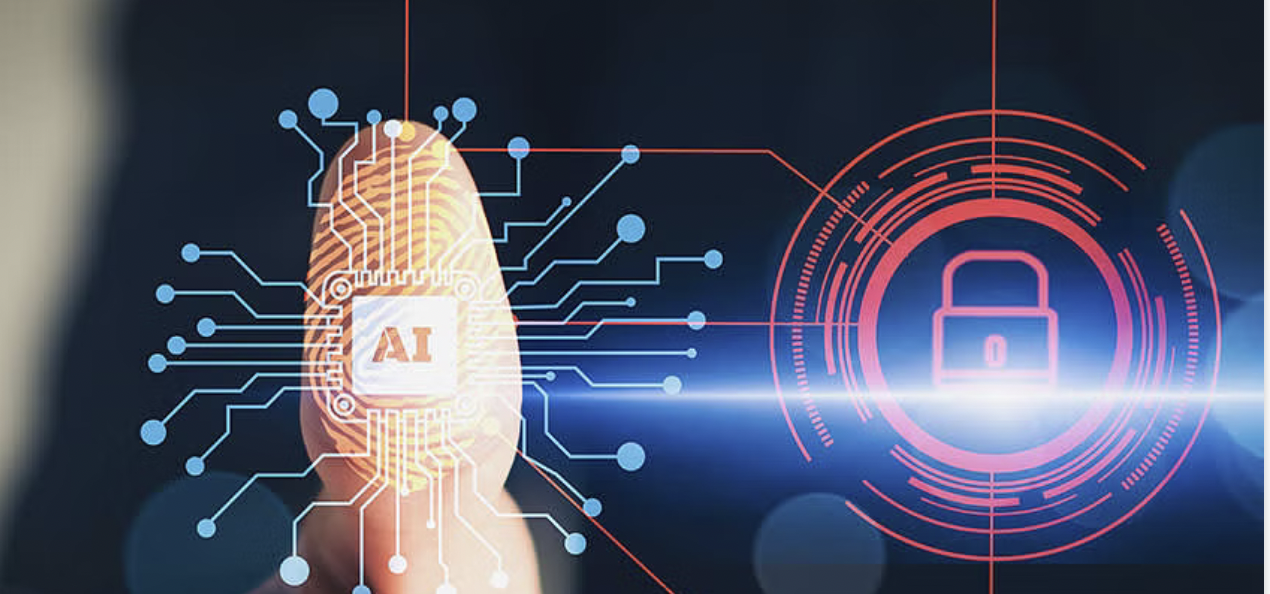The Role of AI and Machine Learning in Enhancing Online Payment Security is increasingly crucial in today’s digital landscape. As online transactions become the norm, the need for robust security measures has never been more pressing. AI and machine learning technologies are stepping up to the plate, offering sophisticated solutions that can identify fraud patterns, analyze transaction data in real-time, and enhance user verification processes.
By leveraging these advanced technologies, financial institutions can not only protect consumer data but also build trust in their digital payment systems.
In today’s fast-paced world, communication plays an essential role in both personal and professional settings. The ability to convey messages effectively can significantly influence the outcomes we experience in various aspects of our lives. This article will explore the importance of communication, the various types of communication, and tips on enhancing your communication skills for better interactions.First and foremost, let’s define what communication is.
At its core, communication is the process of exchanging information, feelings, and thoughts between individuals. This exchange can occur verbally, non-verbally, or through written mediums. The richness of communication lies in its multifaceted nature, which allows for a diverse range of interactions among people, whether it be in a casual setting with friends or a formal environment such as a business meeting.Now, communication can be categorized into several types.
The most common types include verbal communication, non-verbal communication, and written communication. Verbal communication is perhaps the most straightforward type; it involves the use of spoken words to convey a message. This form is prevalent in everyday conversations, presentations, and discussions. The tone, pace, and clarity of speech all contribute to how well the message is received. Hence, being mindful of these factors is crucial when engaging in verbal communication.Non-verbal communication, on the other hand, includes body language, facial expressions, gestures, and even eye contact.
These non-verbal cues can often communicate more than words alone, providing context and emotional depth to the spoken message. For instance, a warm smile can indicate friendliness and openness, while crossed arms might suggest defensiveness or discomfort. Understanding non-verbal signals can greatly enhance one’s ability to communicate effectively and interpret the messages conveyed by others.Written communication encompasses any message delivered through writing, such as emails, reports, or even texts.
In today’s digital age, written communication has become increasingly prevalent, especially in professional settings. Clear, concise, and well-structured writing can leave a lasting impression and foster better understanding among team members or clients. It’s essential to consider your audience when crafting any written message to ensure it resonates with them.Now that we’ve established the types of communication, let’s delve into why it is so important.
Effective communication can lead to numerous benefits, including improved relationships, increased collaboration, and enhanced problem-solving abilities. In personal relationships, being able to express yourself clearly can help to build trust and understanding. In professional environments, effective communication fosters teamwork and can lead to more innovative solutions as people feel more inclined to share their ideas and feedback.Moreover, good communication can also reduce the chances of misunderstandings and conflicts.
When individuals articulate their thoughts and emotions clearly, it minimizes the risk of assumptions and misinterpretations. This proactive approach can ultimately save time and effort, allowing for smoother interactions.To further enhance your communication skills, here are some practical tips:
1. Active Listening
One of the cornerstones of effective communication is active listening. This involves giving your full attention to the speaker, acknowledging their message, and responding appropriately. Show that you are engaged by nodding, maintaining eye contact, and asking clarifying questions.
2. Be Clear and Concise

When conveying your message, aim for clarity and brevity. Avoid jargon or overly complex language that might confuse your audience. Instead, use simple, straightforward language that makes your message accessible to everyone.
3. Adjust Your Tone
The tone you use can significantly impact how your message is perceived. Be mindful of your tone, especially in written communication where nuances might be lost. A friendly, respectful tone can enhance your message and make it more engaging.
4. Practice Empathy
Understanding the feelings and perspectives of others can help you communicate more effectively. Empathy allows you to tailor your messages to resonate with your audience and fosters a sense of connection.
5. Seek Feedback
Don’t hesitate to ask for feedback on your communication style. This can provide valuable insights on areas where you might improve and help you develop a more effective approach over time.
6. Be Aware of Non-Verbal Signals
Pay attention to your body language and non-verbal cues. Being aware of how you present yourself can impact how your message is received. Similarly, be mindful of the non-verbal signals from others, as they can provide additional context to the conversation.
7. Practice Regularly
Like any skill, communication improves with practice. Seek out opportunities to engage in conversations, whether formal or informal. The more you practice, the more confident and adept you will become.In conclusion, communication is a vital skill that influences various facets of our lives. Understanding its different types and honing your skills can lead to more meaningful interactions, reduced misunderstandings, and stronger relationships.
Whether in a personal or professional context, a commitment to developing effective communication skills can yield significant benefits and foster a more connected and collaborative environment.As we move forward in an increasingly interconnected world, the ability to communicate effectively will continue to be a key asset. So, embrace the art of communication, and strive to enhance your skills continually; the rewards are undoubtedly worth the effort.



